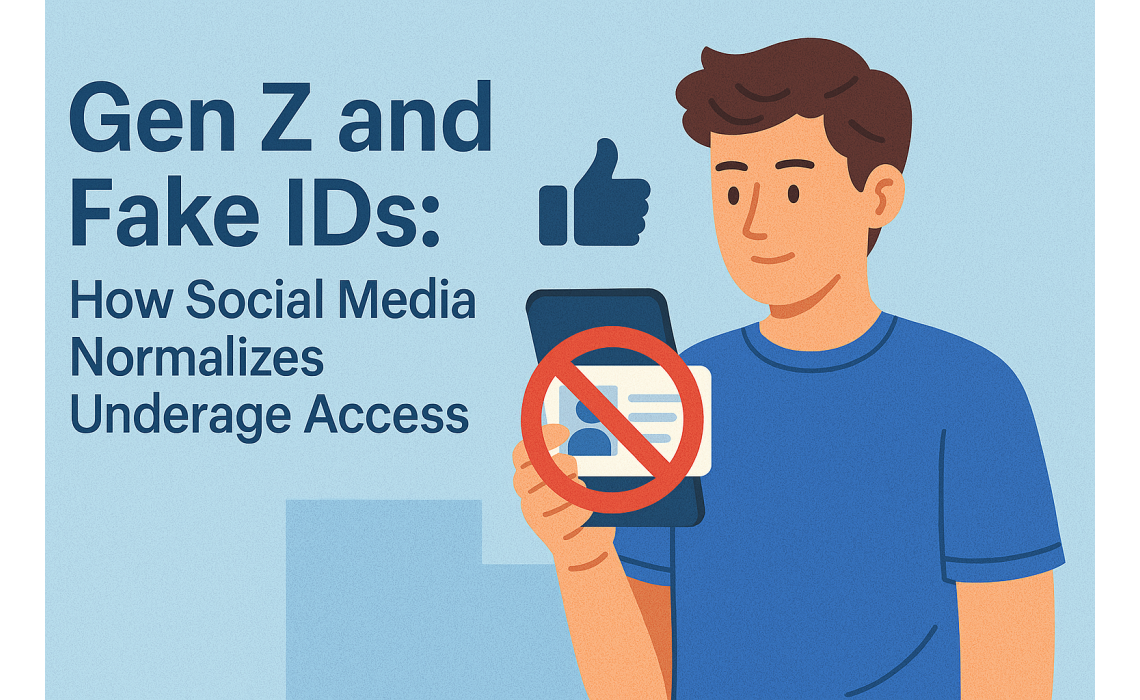Gen Z and Fake IDs: How Social Media Normalizes Underage Access
Gen Z and Fake IDs: How Social Media Normalizes Underage Access
In an era where social media dictates trends and shapes behaviors, Generation Z (born 1997–2012) is navigating a digital landscape that inadvertently glamorizes risky choices, including the use of fake IDs. What was once a clandestine rite of passage has morphed into a viral phenomenon, with platforms like TikTok, Instagram, and Snapchat fueling a culture where underage access to alcohol, clubs, and restricted events is not just possible but normalized. This blog dives into how social media platforms are reshaping attitudes toward fake IDs, the consequences of this trend, and what can be done to address it.
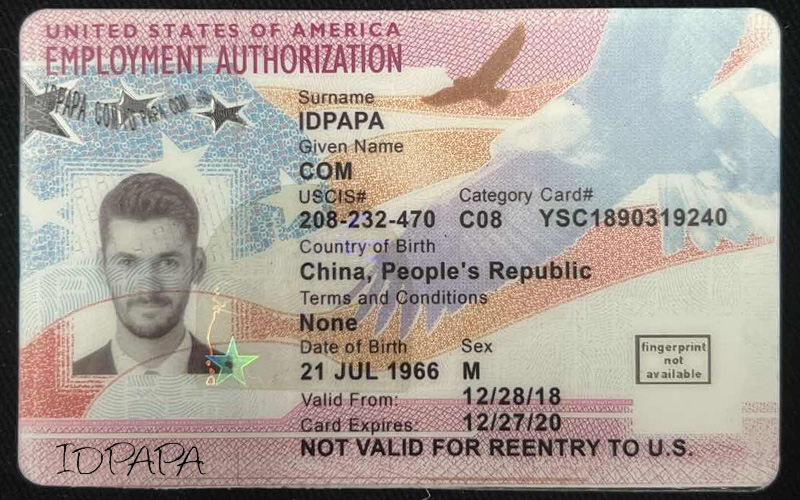
The Fake ID Culture in Gen Z
For decades, teenagers have sought fake IDs to bypass age restrictions. But Gen Z’s approach is distinct, shaped by digital connectivity and the rise of online marketplaces. A 2022 survey by YouthBeat found that 1 in 5 college students admitted to owning or using a fake ID, with many citing social pressure and FOMO (fear of missing out) as key motivators.
Why Fake IDs?
●Access to Social Spaces: Bars, concerts, and 18+ events.
●Independence: Symbolic of adulthood in a hyper-connected world.
●Peer Influence: “Everyone’s doing it” mentality amplified by social media.
While older generations relied on local vendors or friends-of-friends, Gen Z turns to encrypted apps, dark web forums, and even Instagram DMs to purchase sophisticated counterfeit IDs. Vendors now market their services using memes, viral videos, and discreet hashtags like #FakeIDTips, blending seamlessly into the social media feed of a typical teen.
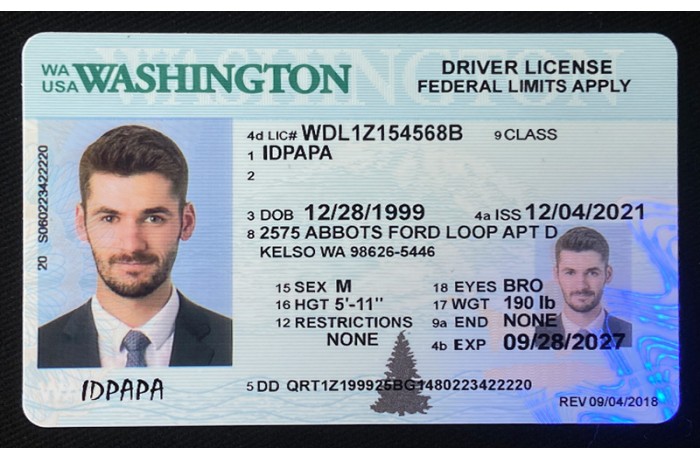
Social Media’s Role: From Tutorials to Trends
Platforms designed for connection have unwittingly become hubs for normalizing fake ID use:
1.Tutorials and Hacks
TikTok creators share step-by-step guides on “how to get a fake ID without getting scammed” or “best websites for fake IDs,” garnering millions of views. These videos often evade moderation by using coded language (e.g., “party passes” instead of “fake IDs”).
2.Influencer Endorsements
Micro-influencers showcase nights out using fake IDs, framing them as harmless fun. Comments sections buzz with questions like, “Where’d you get yours?” creating a feedback loop of curiosity and imitation.
3.Viral Challenges
Trends like “Fake ID Friday” encourage users to post stories of their fake ID successes, turning illegal activity into a game.
4.Algorithmic Amplification
Social media algorithms prioritize engaging content, pushing fake ID-related posts to users who interact with similar topics. This creates echo chambers where risky behavior feels mainstream.
The Normalization Effect
Constant exposure to fake ID content desensitizes Gen Z to its risks. When peers post videos of breezing past bouncers or laughing off failed attempts, the consequences—legal trouble, scams, identity theft—feel abstract. Key factors driving normalization:
●Social Validation: Likes and shares reward risky behavior.
●Perceived Safety: “If my favorite influencer did it, it must be safe.”
●Minimized Consequences: Rarely do posts highlight arrests or scams.
A 2023 study in the Journal of Adolescent Health found that teens who regularly view fake ID content are 3x more likely to attempt obtaining one themselves.
Combating the Trend: Solutions for Stakeholders
Addressing this issue requires a multi-pronged approach:
1.Social Media Platforms
○Strengthen AI moderation to detect and remove fake ID content.
○Partner with organizations like the National Council on Alcoholism to promote awareness campaigns.
2.Parents and Educators
○Discuss digital literacy and the real-world consequences of fake IDs.
○Encourage critical thinking about social media’s portrayal of risk.
3.Lawmakers
○Pressure platforms to enforce age-restriction policies.
○Fund community programs offering safe, legal alternatives for teen socialization.
4.Technological Innovation
○Businesses can adopt advanced ID verification tools, like AI-powered scanners, to detect counterfeits. Learn more about secure solutions here.
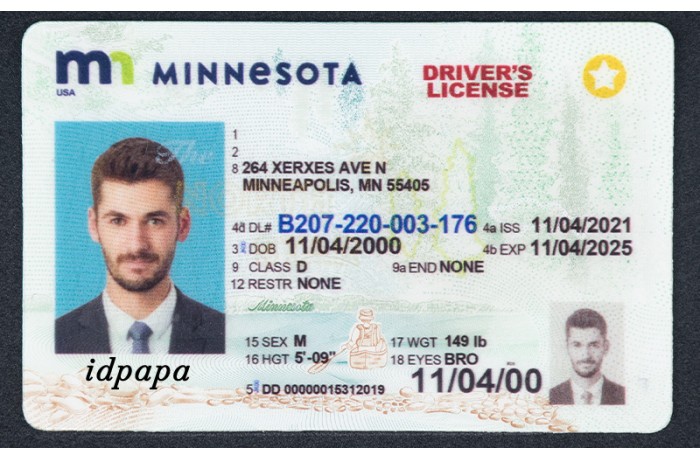
Wrap Up: Rewriting the Narrative
Social media’s role in normalizing fake ID use among Gen Z is a pressing issue with far-reaching implications. While platforms thrive on viral trends, the stakes for underage users are anything but virtual. By fostering open dialogue, leveraging technology, and holding platforms accountable, we can shift the narrative from glamorization to education, ensuring Gen Z’s digital experiences are safe, legal, and empowering.
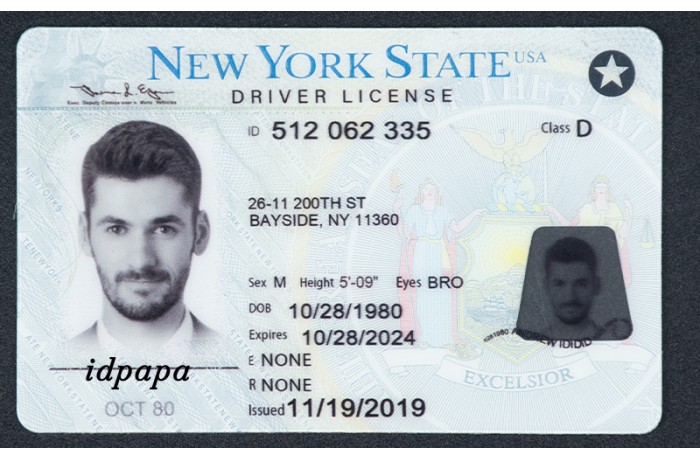
Let’s work together to turn likes into lessons.
By confronting the intersection of social media and risky behavior head-on, we empower Gen Z to make informed choices—online and offline. The conversation starts now.
Discover quality and reliability with. Get the products and services you need fast, affordable, and trusted. Visit IdPapa today! ![]() ✨
✨

